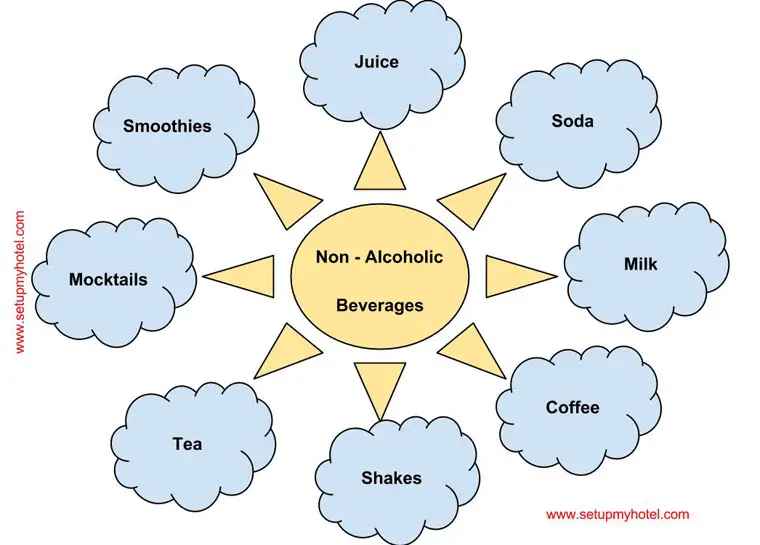Front Office Department Introduction, Operations And Functions

Front Office Department Introduction, Operations, and Key Functions Introductions To The Hotel Front Office Department The Front Desk is a ...
Read more
23 Basic Pastries, Cakes And Desserts For Bakers And Pastry Chef

Basic Pastries, Cakes and Desserts For Bakers and Pastry Chef Baking is a wonderful way to express creativity and satisfy ...
Read more
Types Of Stock – White | Brown | Vegetable | Fish
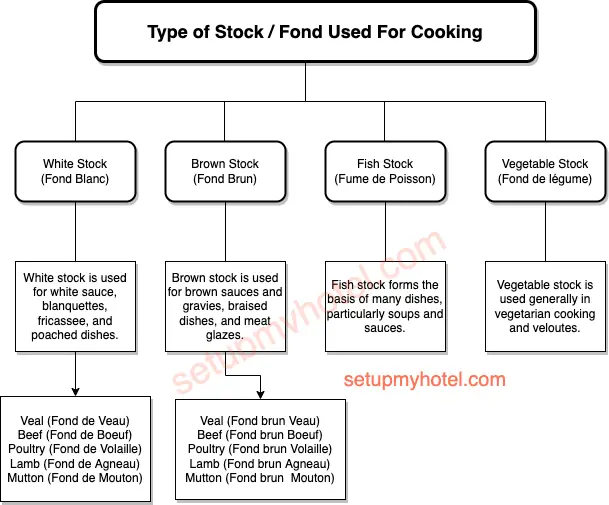
Types of Stock – White | Brown | Vegetable | Fish When it comes to cooking, the type of stock ...
Read more
The Six Mother Sauces: A Beginner’s Guide To French Cuisine
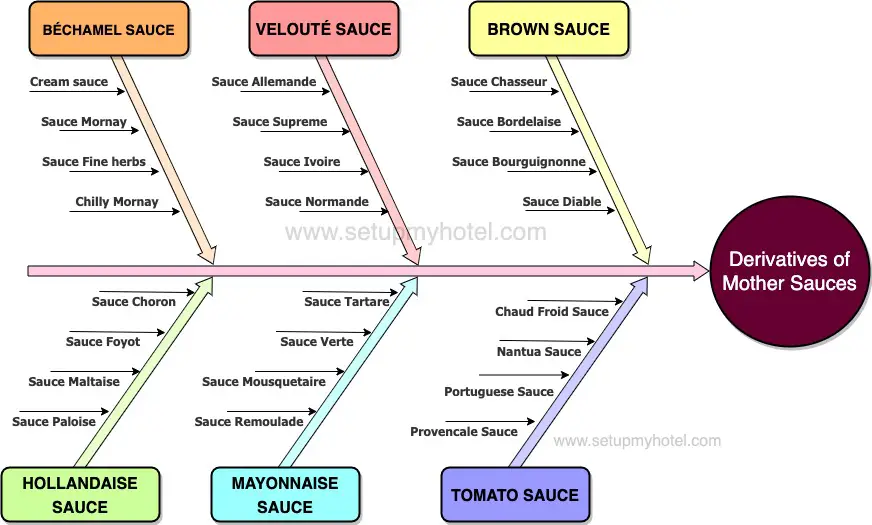
Derivatives of Basic Mother Sauce’s Basic mother sauces are the foundation of French cuisine and consist of five sauces: Béchamel, ...
Read more
Purpose And Function Of Sauces In Culinary Work
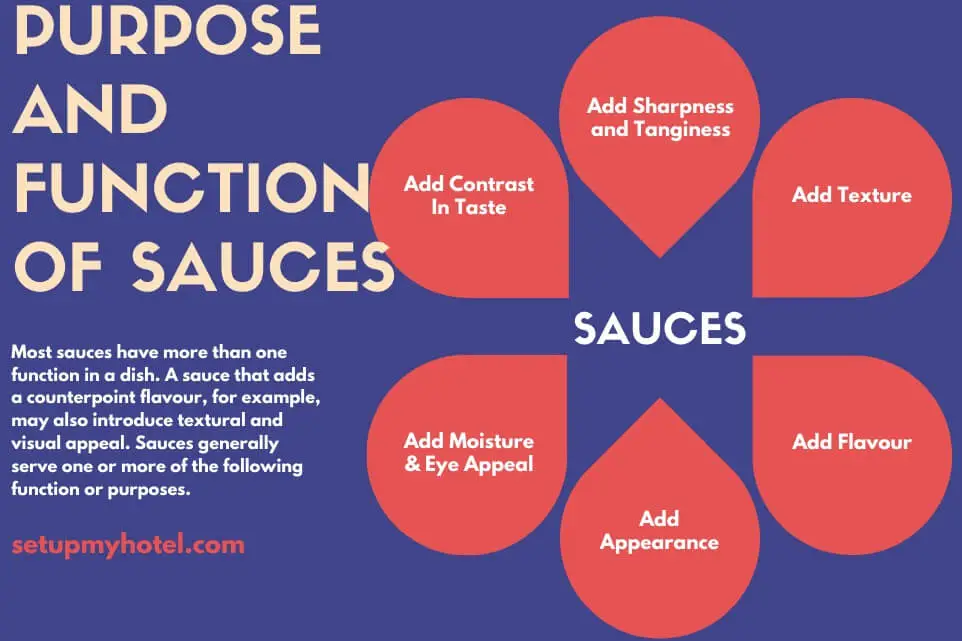
The Purpose and Function of Sauces in Culinary Work Sauces play an essential role in culinary work. They serve as ...
Read more
Classification Of Sauces Or Types Of Mother Sauces
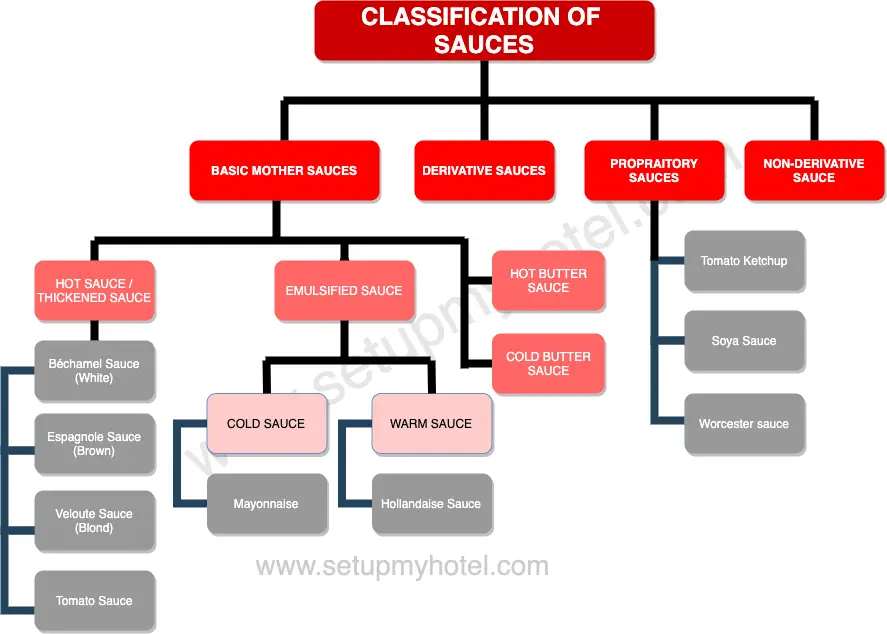
Classification of Sauces or Types of Sauces Sauces are a crucial component of many cuisines worldwide, adding flavor, depth, and ...
Read more
39 Types of Sandwiches / Classification of Sandwich
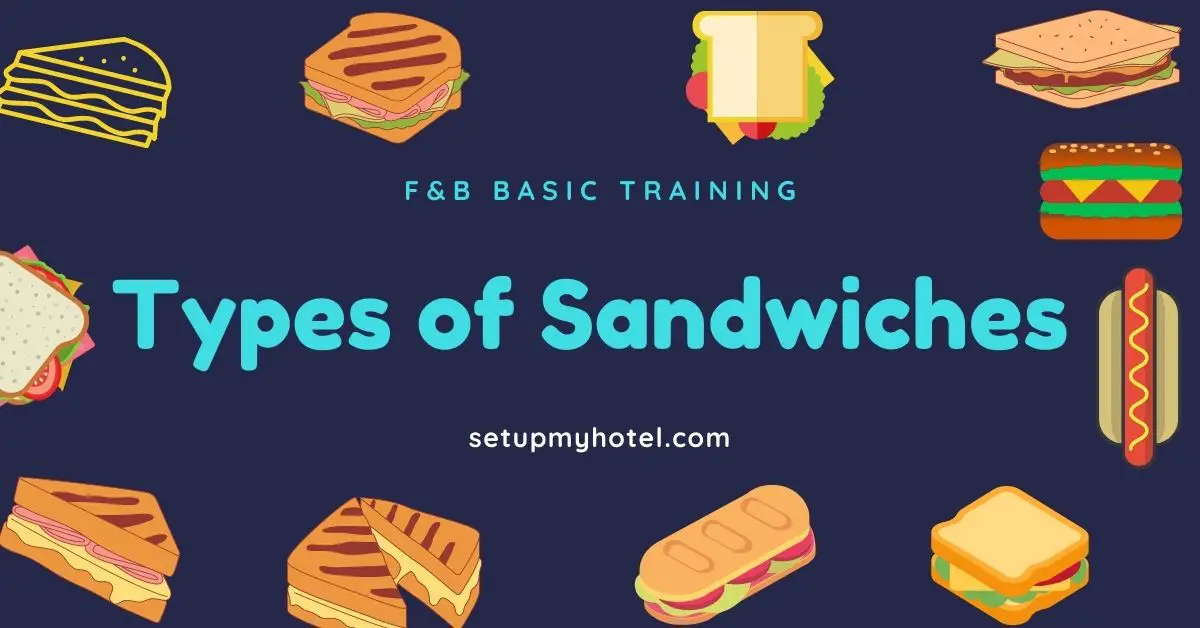
Types of Sandwiches / Classification of Sandwiches Sandwiches are a popular food item that are enjoyed all over the world. ...
Read more
The Basic Factors Of Food Presentation – Hospitality Industry
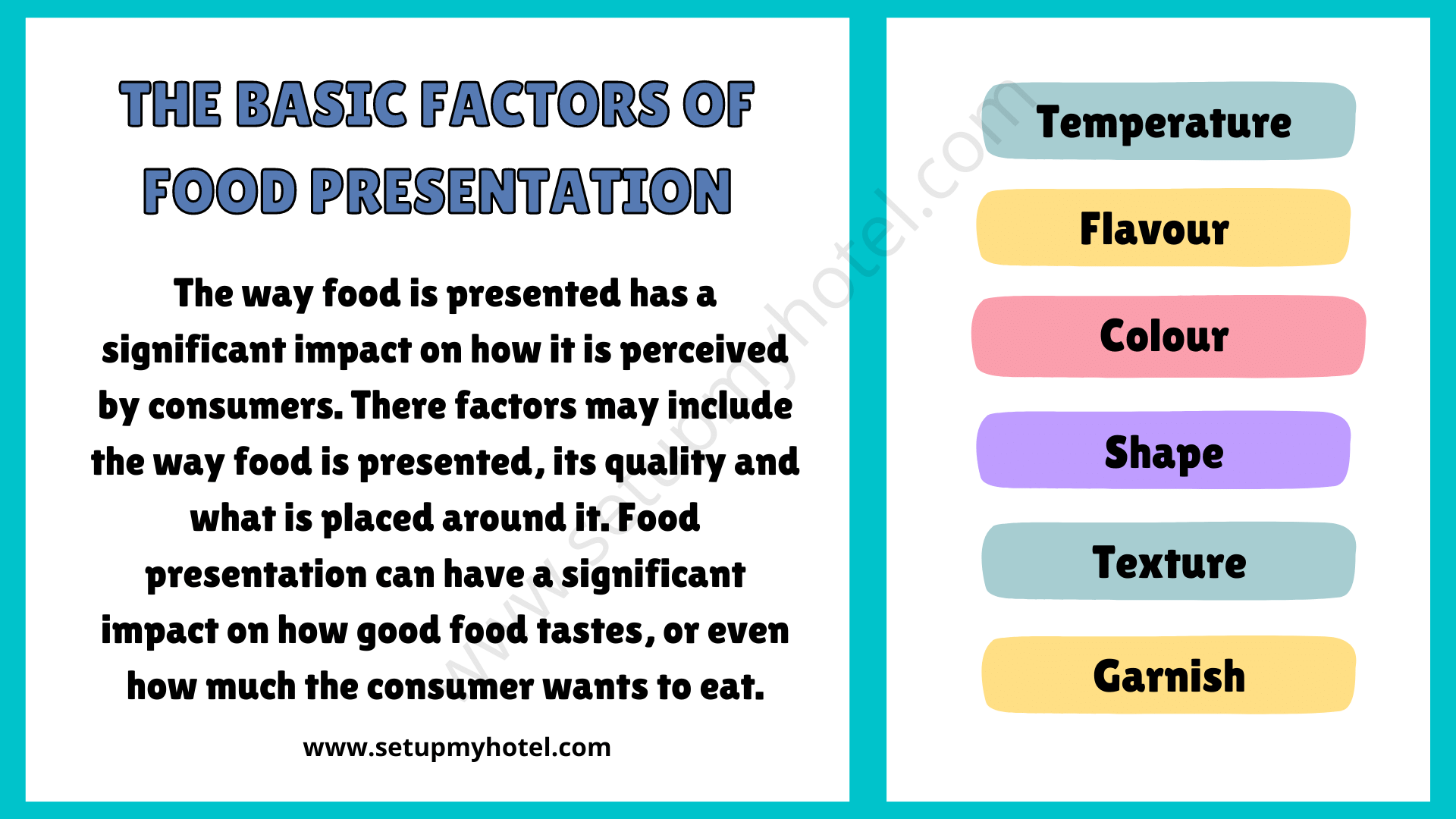
Basic Factors Of Food Presentation in the Hotel Industry The way food is presented has a significant impact on how ...
Read more
6 Main Methods Of Cooking

Six Main Methods Of Cooking Cooking methods vary widely, each offering a unique approach to preparing food. The act of ...
Read more
